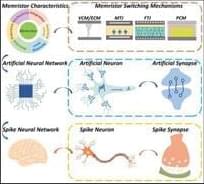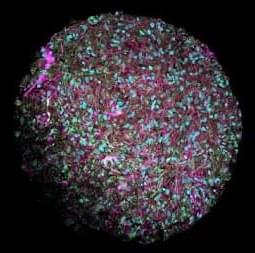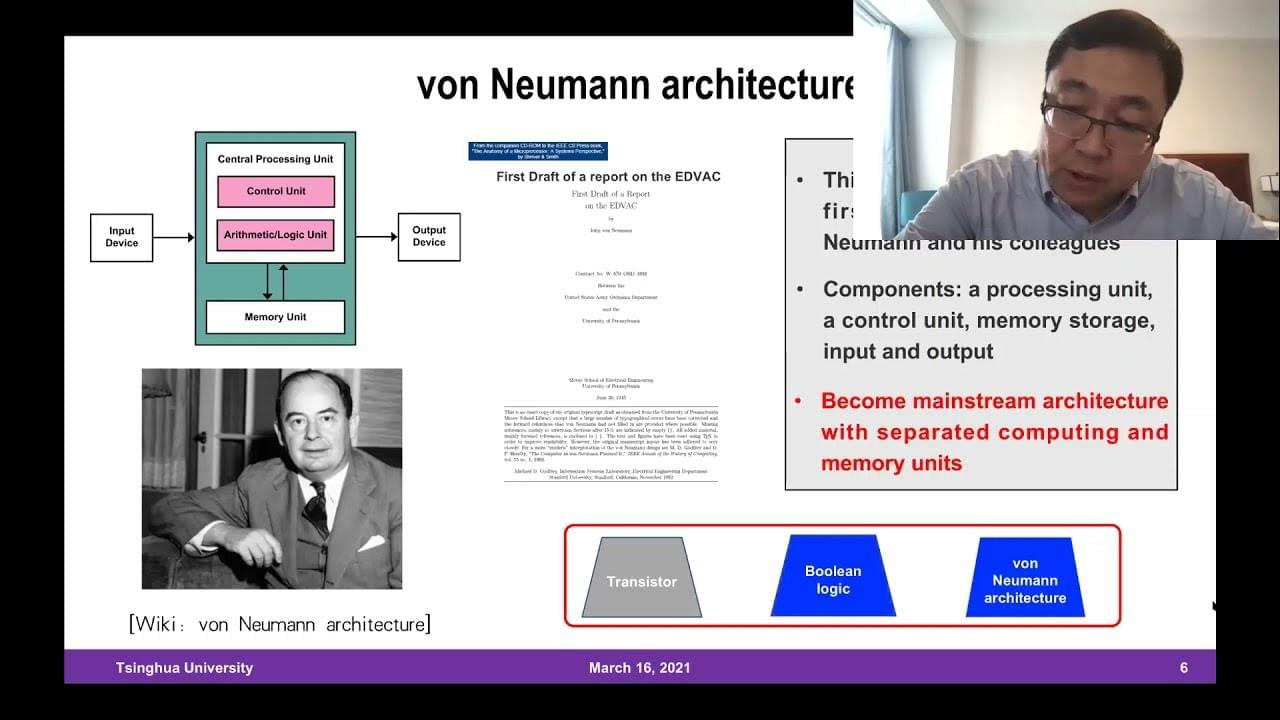Sep 1, 2024
Physics for fintech: How quantum AI can make humans better crypto traders
Posted by Genevieve Klien in categories: information science, quantum physics, robotics/AI
The study
The researchers monitored the brainwaves of 100 students as they performed a series of cognitive tasks. They then conducted a group comparison analysis between the performance of students with higher test scores (as recorded prior to the study) against those with lower test scores.
The brainwave analysis was then analyzed using algorithms running on a D-Wave quantum annealing computer. According to the researchers, the study resulted in new insights concerning how cognitive ability relates to testing outcomes.


















